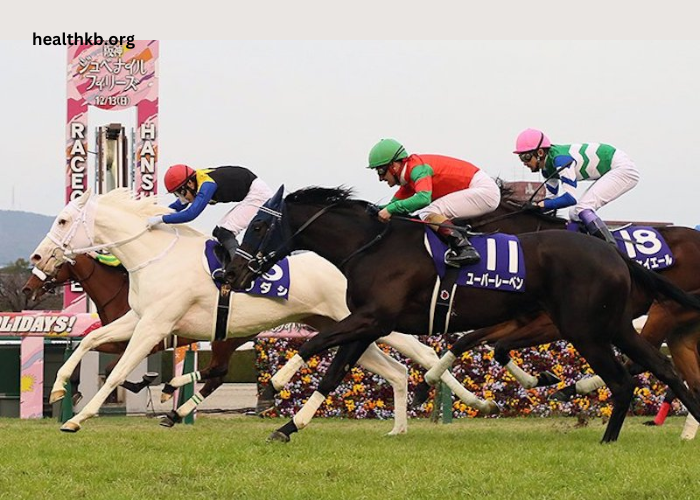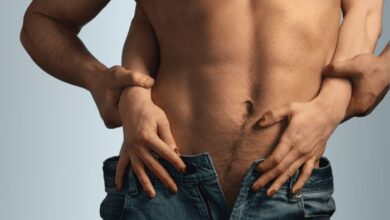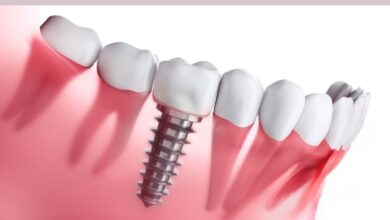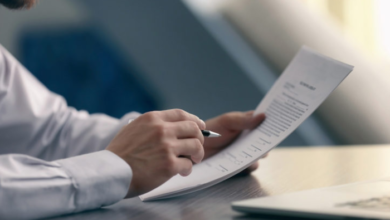
Are you a passionate horse racing enthusiast or an aspiring bettor looking for an edge in the world of turf betting? Look no further than Ivoire Turf VIP, your gateway to a wealth of knowledge and expert insights that can significantly boost your chances of success in horse racing. In this article, we will delve into the world of Ivoire Turf VIP, exploring its features, benefits, and how it can empower you to make informed betting decisions.
Understanding Ivoire Turf VIP
Ivoire Turf VIP is not just a website; it’s a community and resource hub dedicated to the art of turf betting. This platform caters to horse racing enthusiasts and bettors, providing them with a range of tools and information to enhance their horse racing experience. Here’s what sets Ivoire Turf VIP apart:
Expert Analysis: One of the primary attractions of Ivoire Turf VIP is its team of seasoned experts who provide in-depth analysis of horse racing events. They leverage their knowledge and experience to offer insights into race outcomes, horse performance, jockey records, and much more.
Exclusive Tips: Subscribers to Ivoire Turf VIP gain access to exclusive betting tips and recommendations. These tips are carefully curated to help bettors identify potential winners and profitable betting opportunities.
Race Previews: Ivoire Turf VIP offers detailed previews of upcoming horse racing events. These previews include information on the racecourse, track conditions, and a breakdown of the participating horses, helping you make informed selections.
Live Updates: Stay up-to-date with real-time race updates and results. Ivoire Turf VIP ensures that you are always in the loop, even if you can’t watch the races live.
Community Interaction: Engage with a vibrant community of horse racing enthusiasts and bettors. Share insights, strategies, and experiences with like-minded individuals who share your passion for turf betting.
How Ivoire Turf VIP Empowers Bettors
Now, let’s delve into how Ivoire Turf VIP can empower you to make smarter betting decisions and increase your chances of winning:
Knowledge is Power: The extensive analysis and insights provided by Ivoire Turf VIP experts can help you understand the intricacies of horse racing. With this knowledge, you’ll be better equipped to evaluate the potential of each horse and make educated bets.
Risk Management: Betting on horse racing can be unpredictable, but Ivoire Turf VIP’s tips and recommendations can help you manage your risks. By focusing on well-researched selections, you can reduce the likelihood of making impulsive or uninformed bets.
Improved Odds: The expert tips and insights offered by Ivoire Turf VIP can help you spot horses with favorable odds, increasing the potential for higher payouts when your selections win.
Community Support: Being part of the Ivoire Turf VIP community means you have a support network of fellow enthusiasts and bettors. You can learn from their experiences, share your strategies, and stay motivated in your turf betting journey.
Getting Started with Ivoire Turf VIP
Ready to take your turf betting to the next level with Ivoire Turf VIP? Here’s how to get started:
Sign Up: Begin by signing up for an Ivoire Turf VIP subscription. The platform typically offers different subscription plans to suit your budget and betting preferences.
Access Expert Insights: Once you’re a member, explore the wealth of expert analysis, tips, and previews available on the platform. Take the time to familiarize yourself with the tools and resources at your disposal.
Engage with the Community: Don’t hesitate to join the community discussions, ask questions, and share your insights. Learning from others and contributing to the community can be a valuable part of your betting journey.
Apply What You Learn: As you gain knowledge and insights from Ivoire Turf VIP, apply them to your betting strategies. Keep track of your bets and results to refine your approach over time.
Conclusion
In conclusion, Ivoire Turf VIP is more than just a platform; it’s a valuable resource for horse racing enthusiasts and bettors looking to improve their turf betting skills. With expert analysis, exclusive tips, and a supportive community, it offers a comprehensive toolkit to enhance your betting experience. So, if you’re ready to elevate your horse racing game, consider joining Ivoire Turf VIP and embark on a journey toward more informed and successful turf betting.



